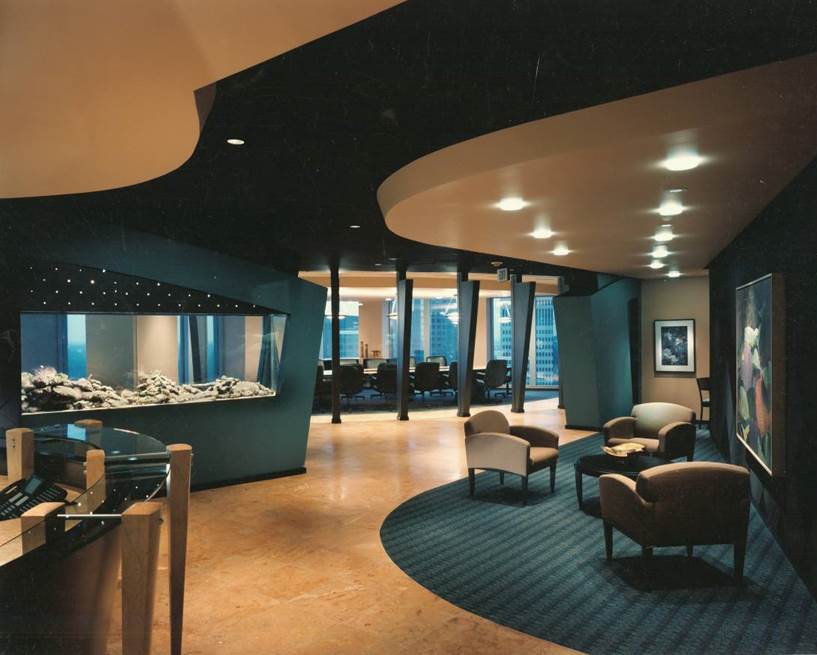Choosing the right stone... from raw material to the finishing touches.
Type, finish and color are three key characteristics to consider when purchasing natural stone for your architectural project. Properties such as durability and being cool to the touch make our stone highly attractive options for installation both inside and out. Here are some basics to know about each category as you research the perfect natural stone for your project. Please contact us at any time with additional questions. Our design consultants can guide you to the ideal stone selection.
What is Natural Stone?
"Natural Stone" refers to a number of products quarried from the earth, used over many thousands of years as building materials and decorative enhancements. These products include Granite, Marble, Limestone, Travertine, Slate, Quartzite, Sandstone, Adoquin, Onyx, and others. They are more than just rocks – natural stone is hand selected from the best, most consistent sources for permanence and beauty. Natural stone products differ in composition, color, and texture even among pieces from the same source. This is usually considered a benefit, lending itself to one-of-a-kind designs and distinctive, dramatic applications.
Natural stone can be used in both commercial and residential settings, within exterior and interior applications. Outdoor uses might include wall cladding, benches, columns and statuary objects. Indoor use of stone could include floors, tabletops, stairs and decorative stonework. For example, luxurious bathrooms covered in tile can create an inviting spa feeling.
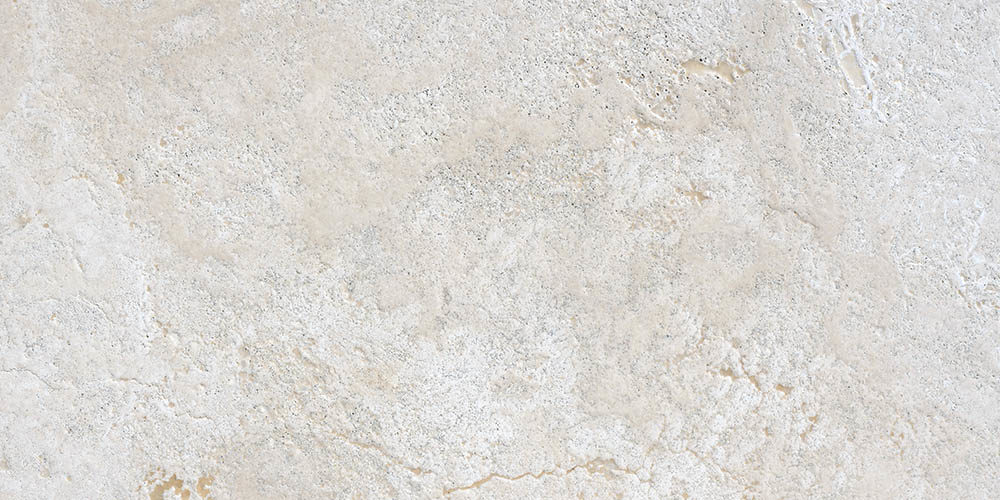
Limestone
The muted, soft tones of limestone are perfect for today's casual and comfortable lifestyles. With hues of soft beige, tan and sometimes orange, and available in a variety of finishes, limestone products are ideal for many interior applications such as bathrooms, fireplaces, and countertops. Outside, limestone is popular on patios, walkways, and around pools. In the hottest climates, limestone is ideal because many types are heat resistant and cool to walk on with bare feet.

Granite
For maintenance-free elegance and resilience, granite is unmatched. Its incredible strength and density makes granite the perfect choice for massive structural work – walls, monuments and supports. Though it is the hardest of structural stones, the amazing variety of mineral-rich colors and natural patterns gives it ornamental value, as well. Granite products are ideal for flooring, countertops, vanities and decorative exterior applications.
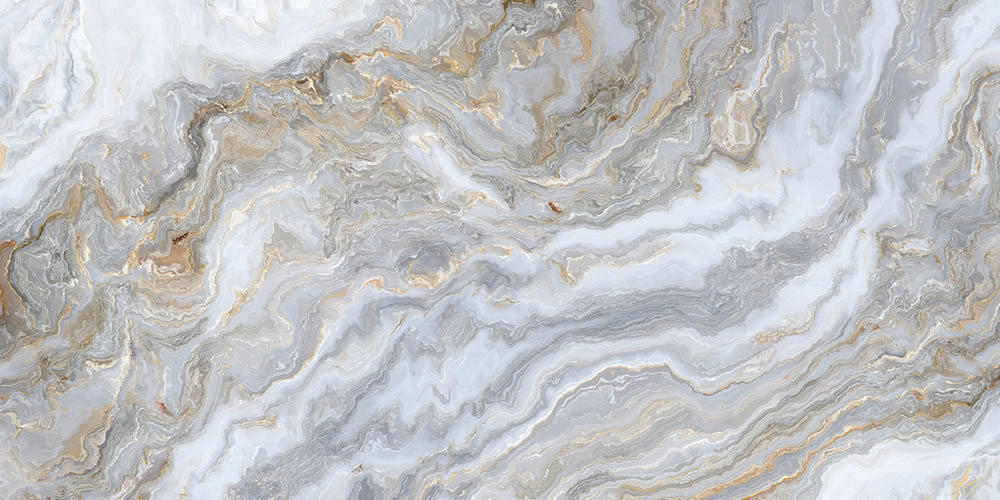
Marble
Prized for its timeless style, texture and high-gloss polish, along with a rich palette of beautiful colors, marble has a place anywhere in the home. Available in solids or dramatic veined varieties, marble may be carved or sculpted in many ways, making it one of the most versatile decorative stones. Often seen as a symbol of luxury, modern technology brings beautiful marble products even to budget-conscious homeowners.
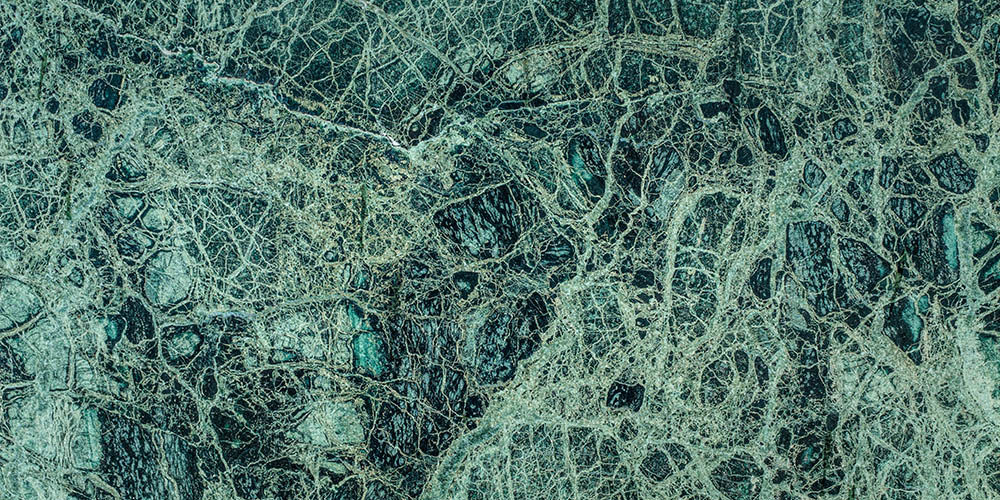
Serpentine Marble
Also referred to as Verde Antique, Serpentine Marble is a dramatic green color with strong white veining.
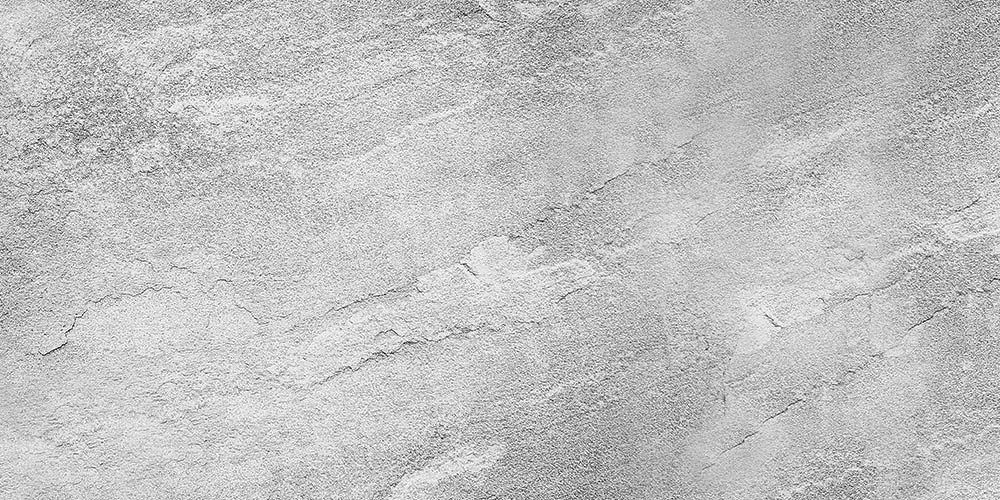
Slate
Formed over thousands of years of sedimentary deposit and compression, slate splits naturally into beautifully textured layers. The various shades of slate products – brown, yellow, dark gray, pink, lavender and more – may even occur within the same piece of stone. Durable and stain-resistant, slate products are often used for flooring, cladding, and landscaping.
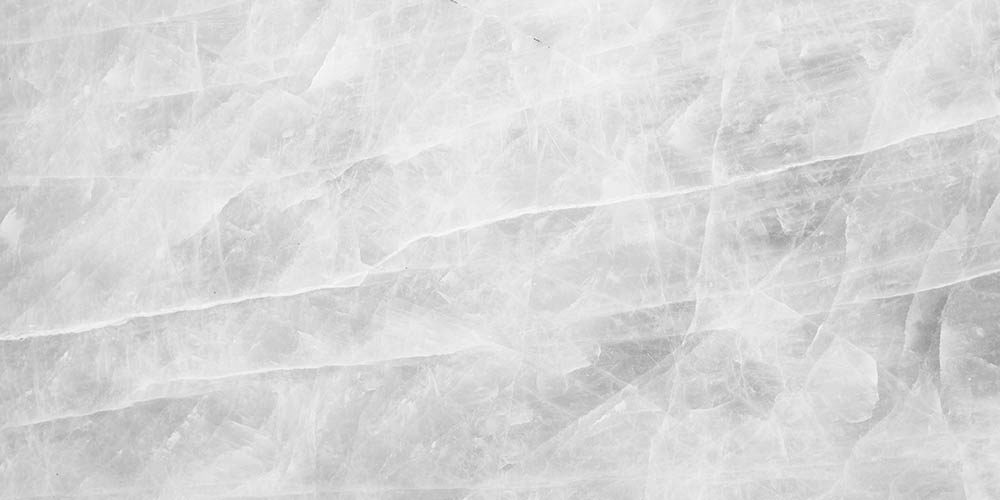
Quartzite
Shimmering and sparkling with tiny quartzite crystals, Quartzite is a rock similar to slate with a medium grained texture and incredible durability. Differing mineral content creates many color variations, from the sedate white, gray or beige to more adventurous shades of purple and pink. Quartzite is widely used for wall veneers and decorative tiles. A naturally non-skid texture makes it an exceptional candidate for flooring indoors and out, including areas with heavy traffic and exposure to the elements.
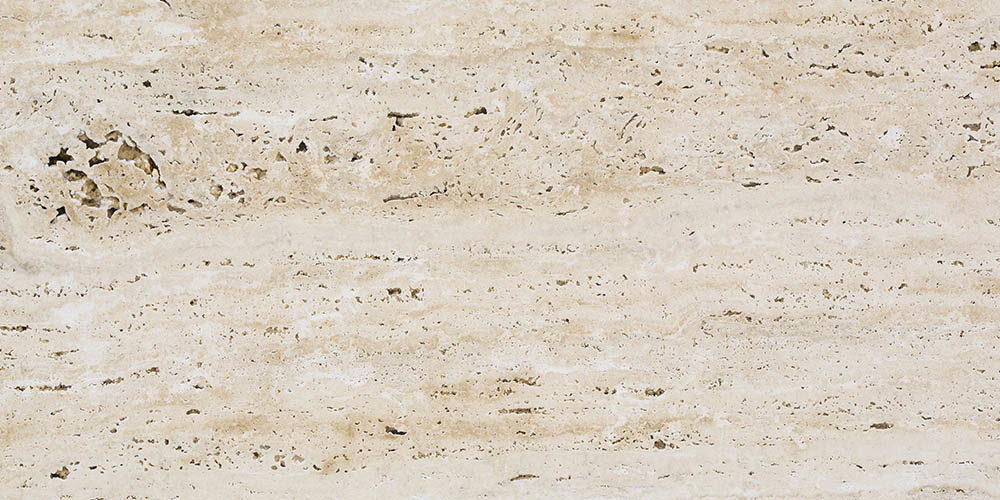
Travertine
Valued for its banded, pitted “distressed” appearance, travertine adds rich, distinctive character to a variety of indoor and outdoor building projects. Its patterns and veining effects were formed by hot spring waters percolating through underground limestone. When used for interior applications, travertine is often filled with cement, grout or resin and sealed to create a smooth, stain-resistant surface.

Sandstone
With a uniform texture, an appealing variety of colors and finishes, and weather resistant durability properties, it's easy to see why sandstone products have been used for thousands of years for walls, floors, and pavers. As with other types of rock, its variations result from differing mineral composition – there's a sandstone product to match any décor.
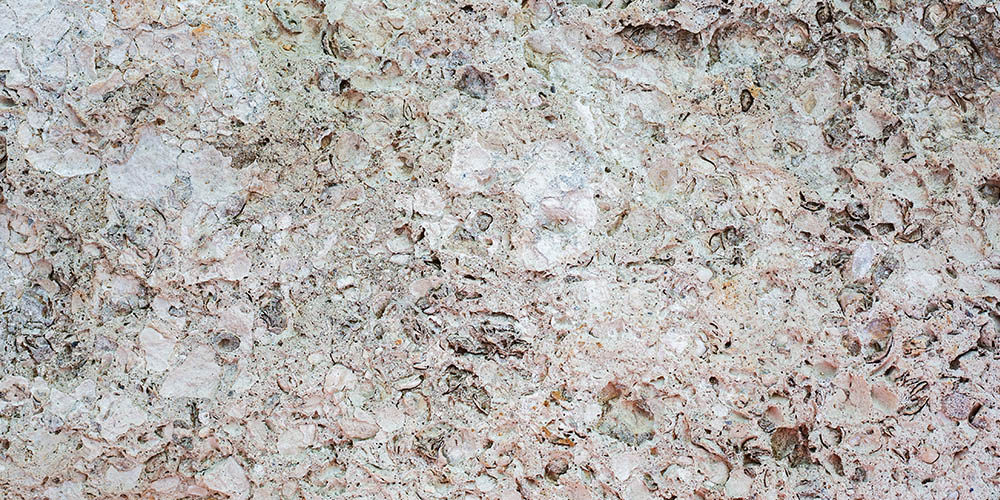
Shell Stone
Often used for home renovations and popular for floors, kitchen countertops, vanity tops, bathrooms, patios, walkways, fireplaces, facades, wall cladding, and garden landscaping.
Stone Color
Natural stone is available in a nearly endless variation of colors, patterns and veining. These may include shades of beige, gray, gold, red, pink, blue, and green. The colors of the orange limestone are rich, colorful, textured and diverse.
The criteria for selecting stone color will depend on the application. Color choice can make a room appear larger or smaller, formal or warm and inviting.
Consider the following characteristics:
- Lighter colors tend to make a smaller room seem larger.
- Dark colors tend to make a room more intimate and cozy.
- Solid colors, smooth, and polished tiles show more dirt and require more maintenance.
- Orange, chilies, paprika and ochre are nature-inspired and evoke sociability.
- Dramatic patterns can help highlight and accent portions of the room, including architectural features.
Each stone is unique, and some types of stone display more variation between the pieces than others. Granites show little variation in color, but may have differing patterns and grain density. Slates tend to show a wide variation in color, even within the same pallet of stone.
The neutral tones found in natural stone include beige, tan, and cream. Most people enjoy these colors, and find that they complement all types of furniture and fixtures.
Any color may become an accent color, contrasting with the main color in the room. For example, a white stone border can accent a black floor.
Edges And Finishes
1. Safety. When choosing flooring, it's important to choose a slip-resistant surface for outdoor applications where floor may become wet. Highly polished surfaces should only be used for interior floors. Also, highly clefted, uneven surfaces may cause a tripping hazard when used for flooring.
2. Maintenance. Unlike wood or carpeting, natural stone is much more resistant to dirt and wear. Easy to clean and polish, stone is the ideal option for areas subjected to heavy everyday use, especially as floors that support high foot traffic or in homes with kids and pets!
3. Usability. The application should be consistent with the type of finish selected. For example, a rough finish, such as brushed, might not be a suitable choice for countertops, due to the potential difficulty in cleaning it. Clefted material should not be used for tabletops, because it would present an uneven surface. We can expertly guide you to select the best stone and finish for your particular project.
Polished flooring may be used in a commercial application if the floor is unlikely to become wet and slippery. It is advisable to have the floor material professionally tested prior to installation. Sealers are available that can improve the slip resistance of the surface without removing its gloss.
A honed finish creates a soft, matte, appearance that is more suited to casual, comfortable environments than a formal, polished surface.
Travertine is characterized by the presence of many tiny holes, caused by trapped gas bubbles during its formation. This creates a porous, uneven surface, which is referred to as Unfilled Travertine. When these cavities are filled with cement or another material, the result is called Filled Travertine and may be honed and polished to provide a uniform surface similar to marble.
Slate with a heavily cleft finish may create a tripping hazard. Most slates are lightly clefted and suitable for flooring in kitchens, bathrooms and on patios. A pallet of slate may contain a few pieces with heavy clefting, but these are generally not used for the flooring installation.
Polished stone surfaces may become slippery when wet, and tend to lose their shine in a short time due to weathering.
The thermal, or flamed, finish is achieved by subjecting the stone to the high-temperature flame of a torch. This burns off most of the carbon content, creating textured quartzites with gentle coloration. Only granite is tough enough to withstand this treatment, and the piece must be fairly thick or it may crack or break under heat and pressure. This is a popular finish for commercial wall and flooring applications.
Tumbling stones in a solution of sand, water and mild acid creates an old world, weathered look. Typically sizes of 5/8" X 5/8" to 6"X 6" and sometimes even 8"X 8" are true tumbled pieces. Larger sizes are given a "Tumbled" finish, manually. Very small pieces like 5/8" X 5/8" & 1" X 1" are usually, mounted on 12" X 12" meshes for ease of installation. Most commonly used size is 4" X 4" and it is used in straight & diamond patterns, or as accent pieces. When mixing different size tumbled pieces, the look may vary.
Tumbled stone pieces are intended to produce a rustic, old-world look. Therefore, they are not created with precision and may vary slightly in size. Some pieces may have large chips on the edges or may have a corner missing. Care must be taken to ensure an even surface when installing tumbled stone flooring.

